Identity, the artist, and #goblinmode
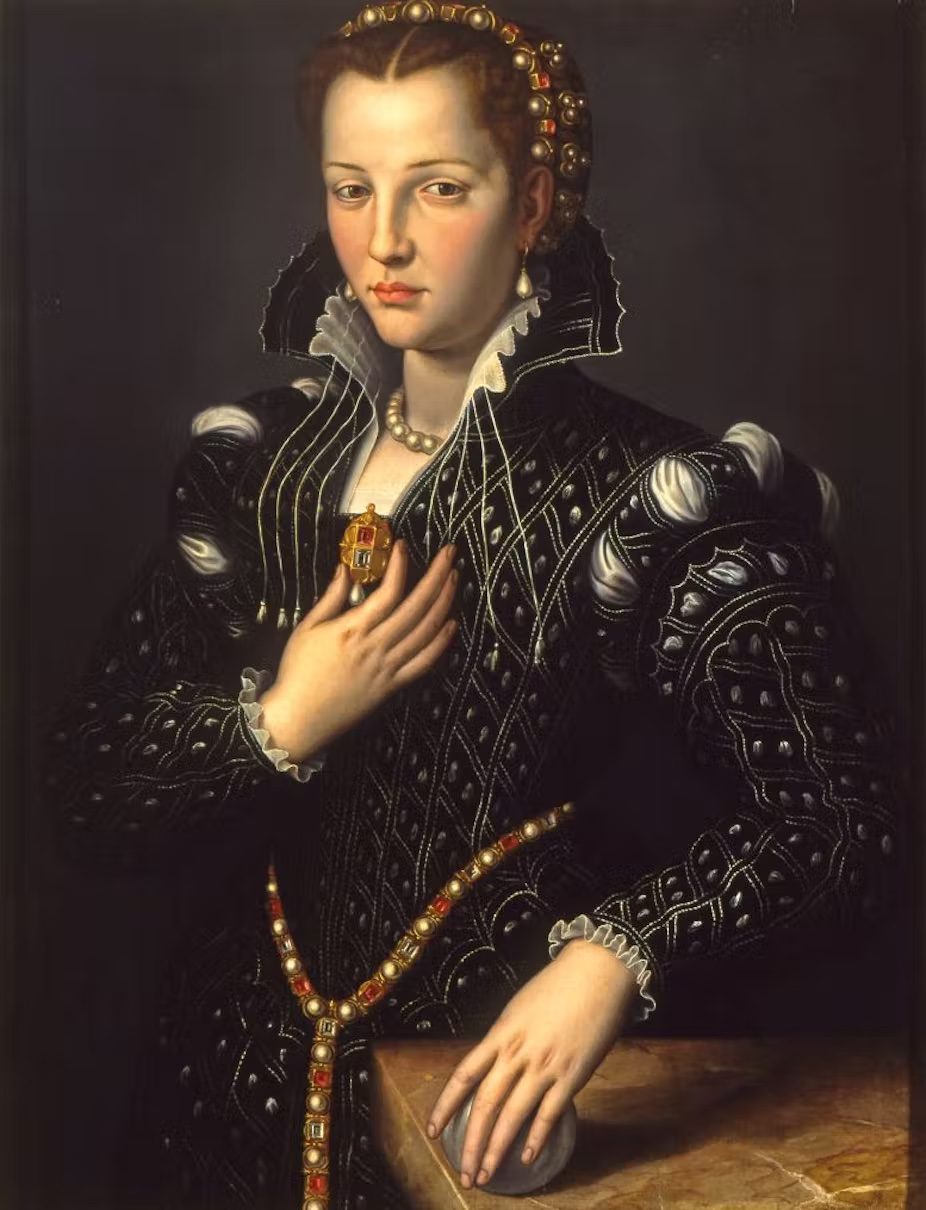
A singer I follow released a string of new albums over the last few years, while simultaneously launching a cosmetic company, a brand of tea and a shop. She is generally experiencing great success and admiration for her recent achievements. How nice, I thought, it must be to sit in that success – to bask in that identity.
It’s easy to know who you are when you’re busy, when projects are flowing and good work seems to keep appearing from your efforts. It’s very pleasant to think: I’m this excellent music I made, I’m this wonderful family I care for, I’m this super business person. We identify with these achievements very easily. But who are we when we’re not doing those things? Do we change when we’re not achieving? Or is our core – our unique sense of self – always a part of us? Perhaps identity is just a mirage, some fabricated container to hold our thoughts and experiences.
This month, back in Sweden, we’ve been having some renovation done in our kitchen. The first part of any job like that is to strip to the skeleton of the building. I’ve been thinking a lot about what home comfort represents, and our identity in comfort, during this bare and liminal moment in our apartment. As layers of wallpaper from other lives are revealed. While there’s dust and noise and strangers in the apartment, where is my sense of home? Do my plushy cushions and knicknacks add pleasure and simple joy to life or are they just distracting me from the reality that I live in?
In order to reach a more present self, free from illusion, should I give up my knicknacks and plushy cushions? Are they adding to the mirage in some way? Or can they co-exist somehow?
A lot of questions floating around with the demolition dust. So to this month’s theme: identity.
There is, in sanest hours, a consciousness, a thought that rises, independent, lifted out from all else, calm, like the stars, shining eternal. This is the thought of identity — yours for you, whoever you are, as mine for me. Miracle of miracles, beyond statement, most spiritual and vaguest of earth’s dreams, yet hardest basic fact, and only entrance to all facts. In such devout hours, in the midst of the significant wonders of heaven and earth, (significant only because of the Me in the centre,) creeds, conventions, fall away and become of no account before this simple idea. Under the luminousness of real vision, it alone takes possession, takes value. Like the shadowy dwarf in the fable, once liberated and look’d upon, it expands over the whole earth, and spreads to the roof of heaven.
The quality of being, in the object’s self, according to its own central idea and purpose, and of growing therefrom and thereto — not criticism by other standards, and adjustments thereto — is the lesson of Nature.
From Democratic Vistas, Walt Whitman (1871).
In 2022, the Oxford Languages’ word of the year was “Goblin mode”. Goblin mode is the slovenly, introverted, WFH-hangover many of us developed during the pandemic. It’s unapologetically unpolished. That it was word of the year is testament to how universally tiring the pandemic was, how we are collectively choosing to process it. This year, the contenders for word of the year were put up for public vote. The team at Oxford Languages was surprised by the turnout for the vote, saying: “The strength of the response highlights how important our vocabulary is to understanding who we are and processing what’s happening to the world around us.”
Goblin mode is just one identifier emerging in a sweeping pop culture shift. It’s a rebellion against greige, against Japandi, against clean-girl. Last month, Marie Kondo, Grande Dame of Neatness and inventor of the KonMari tidying technique, told the Washington Post she had “kind of given up” on tidying, and that her house was quite messy these days. The internet reacted with shock. She, of tidying reality show fame, is no longer excessively tidy! How could she! We trusted her! But identities are nebulous, like trends, and evolve with the unfolding years. Social people become shy. Tidy people become messy. On TikTok, users are sharing a new wave of “anti-aesthetic” content: messy nightstands, unmade beds, gaudy Christmas trees. The “frazzled English woman” fashion has materialised as a kind of grown-up “goblin mode” based on smart-but-shambolic Bridget Jones-type characters of the early 2000s.
The world is no doubt a chaotic place. It has always been chaotic, but perhaps never this aggressively connected. Our minds have never been this exposed to the opportunity of constant documentation, nor to the constant documentation and comparison of other people. Standards for fashion and interior decoration have never been so high. The narrative of chaos led us first to a pseudo-Zen minimalism. Harmony in the home as an escape from the tumult outside. But post-pandemic, and in goblin mode, we’ve realised the tumult is here, in our feeds, in the palms of our hands, shining blue light into our face while we’re in bed at night, there first thing when we wake up. A new social media platform, BeReal, encouraged users to post not only what was infront of their lens, but also take a candid snapshot of what was behind, too. The perfect façade of social media influencers was already beginning to crumble, and BeReal just helped it on the way. Like angsty teenagers questioning the hypocracies of their parents, the confronting question behind goblin mode seems to be: when the world is aflame and no one appears to be tidying up their mess – why should I clean my room?

My Last Duchess, the 1842 poem by Robert Browning, is one of those poems you’re made to read in literature classes. It seems kind of heavy and dull at first glance, but then unfolds and reveals its luscious layers as you dig in. In it, Alfonso, Duke of Ferrara (in 1564), on the prowl for a new young bride, accidentally confesses he ordered his late teenage wife’s murder after finding her slightly annoying and a bit too smiley and not altogether grateful enough for the noble surname she received from him. The true circumstances of Lucrezia de Medici, Alfonso’s first Duchess of Ferrara – and her death aged just 17 – will probably never be known. And while it’s speculated that she was poisoned by one of the Duke’s entourage (as it’s also suspected her sister Isabella suffered the same fate), it’s just as likely that she died from tuberculosis.
Speculation aside, The Marriage Portrait, a new novel by Maggie O’Farrell dramatises the young Duchess’s life, with her signature, magical charm. We follow Lucrezia through a confined upbringing in the Florentine Medici palace, where her identity is predestined right from the moment of her conception. Later, in the Ferrarese home of her new husband, a portrait is commissioned of her, and a new dress – designed by Alfonso – is delivered for the occasion. Her tastes, her wild and full sense of self, her ideas, are all laid aside. She is, like the model in Christina Rossetti’s In An Artist’s Studio, designed to be still and mute and idealised as a dream.
I read a lot of reviews about this book, and, because I loved O’Farrell’s double-prize-winning Hamnet, I was surprised to read how badly it was reviewed. There’s nothing like reading book reviews. Nothing else proves so clearly that you cannot create something for everyone – some people will always hate what others love. Some readers find the language of The Marriage Portrait indulgent, opulent, verging on operatic, over-detailed, exhaustingly lush (see what I did there). But what I found that negative reviewers were missing was – this is what you’re supposed to feel. Reading three whole pages describing a dress swishing down a hallway is just like standing in a huge room covered in frescos, vases on every surface, while being dressed in a layers and layers of fabric, having all those myriad tiny holes painstakingly laced up by a maid, feeling all that weight around your waist, and then dragging the whole damn thing down to a cold room where you have to stand still, for hours, while someone paints you. Reading it is like being a young girl, brought up under the strict, oppressive dictatorship of a powerful family in the 16th century, knowing your destiny is, at best, to marry well and create heirs. Lucrezia’s identity was not her own, her body was not her own, her life was not her own – it belonged to her father and then her husband. O’Farrell gives her life again and, such is the power of fiction, gives her an opportunity to feel and speak and have an identity beyond the charismatic stillness in her portrait.
“You shall not look at me, she wants to say, you shall not see into me. I will not be yours. How dare you assess me and find me lacking?”

Artists have long lived in a world of review. In our commercialised society, opinion makes some sense: investors profit, peers influence, parents protect. But even with the best intentions, a focus on products and commodification can weaken the artist’s voice.
Prizes, grants and scholarships are supposed to help separate making art from making a living, but are often given with narrow parameters that can inhibit exploration. In Robert Henri’s The Art Spirit (1923), he says “if our attempt to help young artists is to be by giving them prizes […], we demand of them that they please us—whether they please themselves or not. Let the work they do get its honor in being what it is.” He continues, “The reason for the survival of the award system is purely commercial.”
100 years on and there is continued criticism towards award shows for promoting profitability as the most revered of qualities. I wonder how much our collective artistic output is compromised as we race towards the most narrow and brightest of spotlights. Henri saw the improbability of each individual achieving this hero status, instead seeing achievement as an introspective habit, “I count on finding in [your work] the likeness of the person I know.”
Artists adapt, with many embracing an identity as entrepreneurs, balancing the seemingly opposing forces of creativity and business. Others lean another way, redefining ‘successful’ to something other than ‘commercially viable’, balancing part-time jobs with the aim to unburden their creativity. Identities are blurred. The question of ‘what do you do?’ is increasingly being met with ‘how long have you got?’.
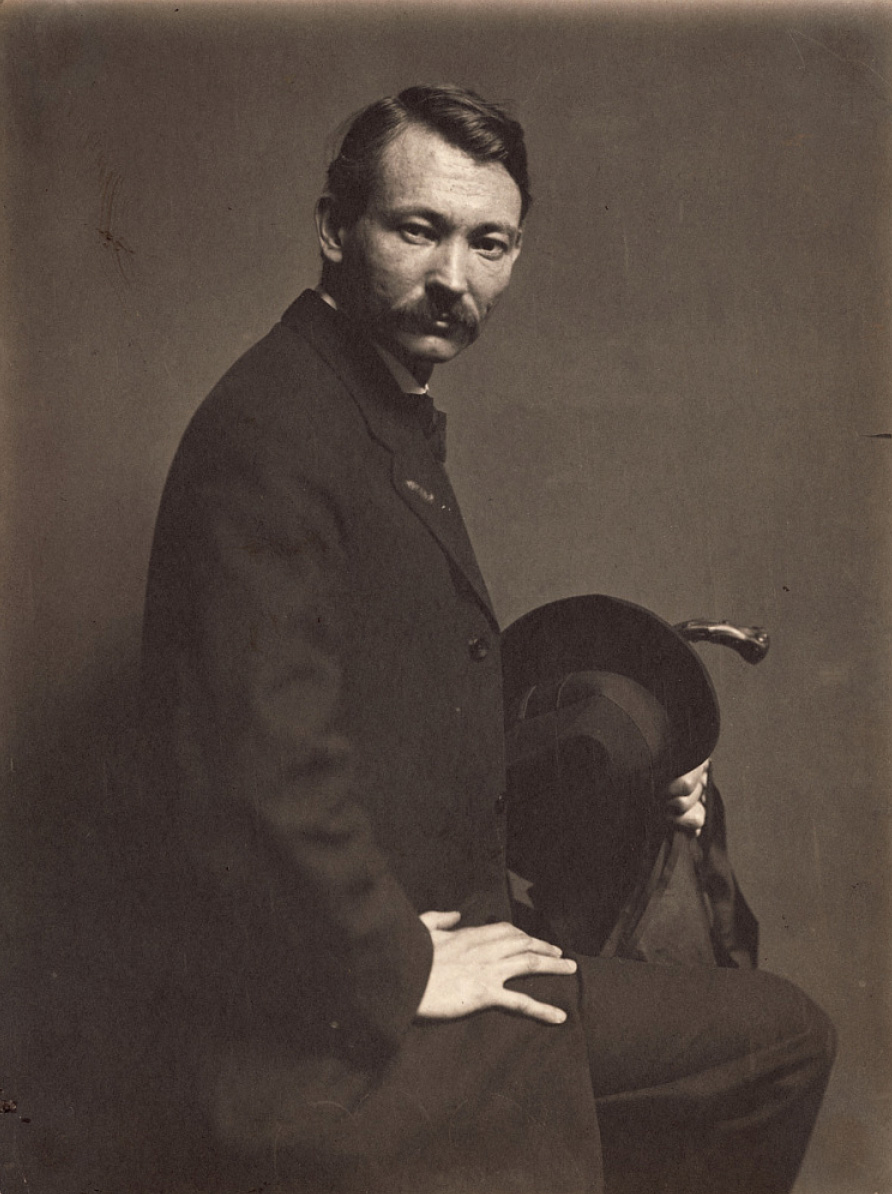
In an Artist’s Studio
One face looks out from all his canvases,
Christina Rossetti, 1856
One selfsame figure sits or walks or leans:
We found her hidden just behind those screens,
That mirror gave back all her loveliness.
A queen in opal or in ruby dress,
A nameless girl in freshest summer-greens,
A saint, an angel — every canvas means
The same one meaning, neither more or less.
He feeds upon her face by day and night,
And she with true kind eyes looks back on him,
Fair as the moon and joyful as the light:
Not wan with waiting, not with sorrow dim;
Not as she is, but was when hope shone bright;
Not as she is, but as she fills his dream.
Until next month…
May you be well, happy, whole, and free.
T & B
~~~~~~
Invite your friends to subscribe!
![]() Unlikely meeting points & unlikely collaborations 🌗
Unlikely meeting points & unlikely collaborations 🌗![]() Sit in the middle of things 🧘♀️🪻
Sit in the middle of things 🧘♀️🪻![]() 5 things I learned at a Buddhist monastery
5 things I learned at a Buddhist monastery![]() 6 good things to do
6 good things to do![]() Extraordinary ordinariness: space orbits and sleeping dogs
Extraordinary ordinariness: space orbits and sleeping dogs![]() The ebb and flow of things
The ebb and flow of things![]() A short breath in the bardo
A short breath in the bardo![]() A slender cord of grace
A slender cord of grace![]() Artists reflect on water
Artists reflect on water![]() A love letter to a loaded gun
A love letter to a loaded gun![]() Are you for real?
Are you for real?![]() What is a good life?
What is a good life?![]() Who decides what you think?
Who decides what you think?![]() When new year should be according to history...
When new year should be according to history...![]() Does Mozart really make you smarter?
Does Mozart really make you smarter?![]() Old stories to find light in dark times
Old stories to find light in dark times![]() The human need to put things together
The human need to put things together![]() The power of trends: the good, the bad and the pumpkin-spiced.
The power of trends: the good, the bad and the pumpkin-spiced.![]() From terrestrial to celestial – where do we find inspiration?
From terrestrial to celestial – where do we find inspiration?![]() The illusion of ownership
The illusion of ownership![]() Let’s go down the rabbit hole 🐇
Let’s go down the rabbit hole 🐇![]() Identity, the artist, and #goblinmode
Identity, the artist, and #goblinmode![]() Punk and her godmothers
Punk and her godmothers![]() The ultimate journey – homecoming, heroes and wholeness.
The ultimate journey – homecoming, heroes and wholeness.![]() It’s mushroom month...
It’s mushroom month...![]() Robots, AI and artistry, oh my!
Robots, AI and artistry, oh my!![]() Longevity, love and memory...
Longevity, love and memory...![]() Summer, Freud and a sonnet...
Summer, Freud and a sonnet...![]() When surreal makes sense – exploring with Dorothea Tanning, Olga Tokaczuk and more...
When surreal makes sense – exploring with Dorothea Tanning, Olga Tokaczuk and more...![]() Twists and turns with Mary Oliver, Alan Watts and Astrid Lindgren...
Twists and turns with Mary Oliver, Alan Watts and Astrid Lindgren...![]() First flowers of spring: the need for beauty and hope at all times
First flowers of spring: the need for beauty and hope at all times![]() Defining reality, playing with illusion with Robert Frost, Hilma Af Kilnt and more...
Defining reality, playing with illusion with Robert Frost, Hilma Af Kilnt and more...![]() Celebrating the cycles of light and dark with Joan Didion, Danez Smith and more...
Celebrating the cycles of light and dark with Joan Didion, Danez Smith and more...
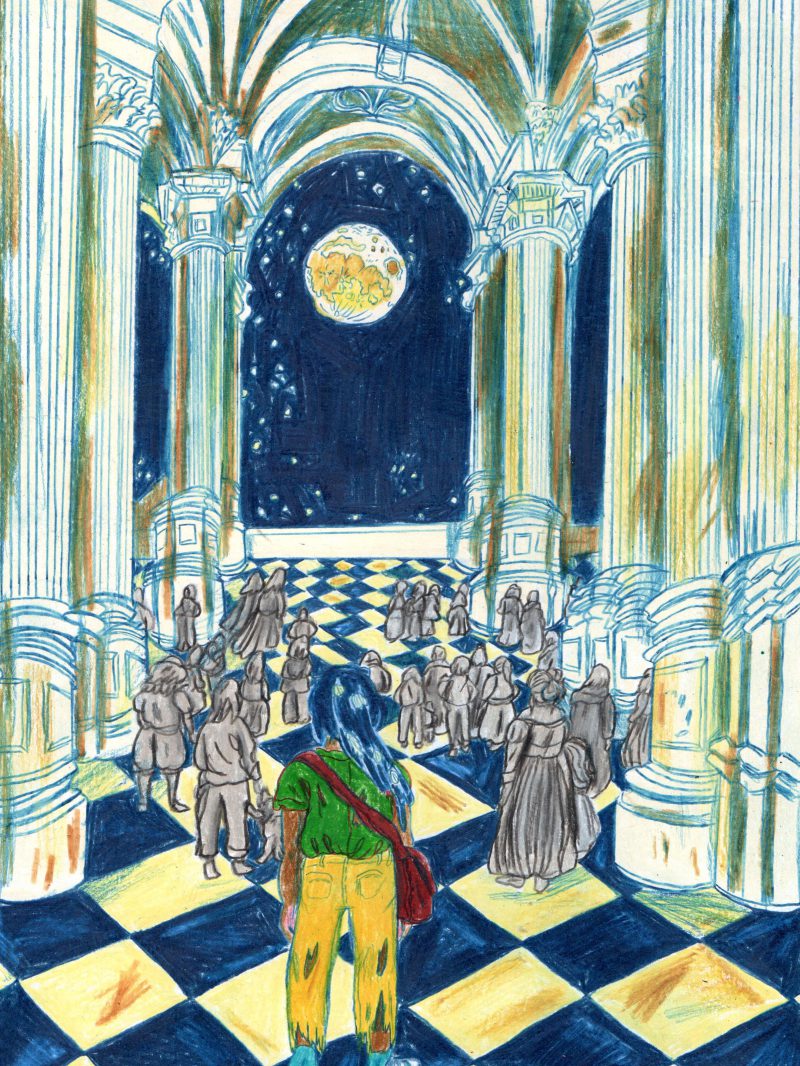 Unlikely meeting points & unlikely collaborations 🌗
Unlikely meeting points & unlikely collaborations 🌗 Sit in the middle of things 🧘♀️🪻
Sit in the middle of things 🧘♀️🪻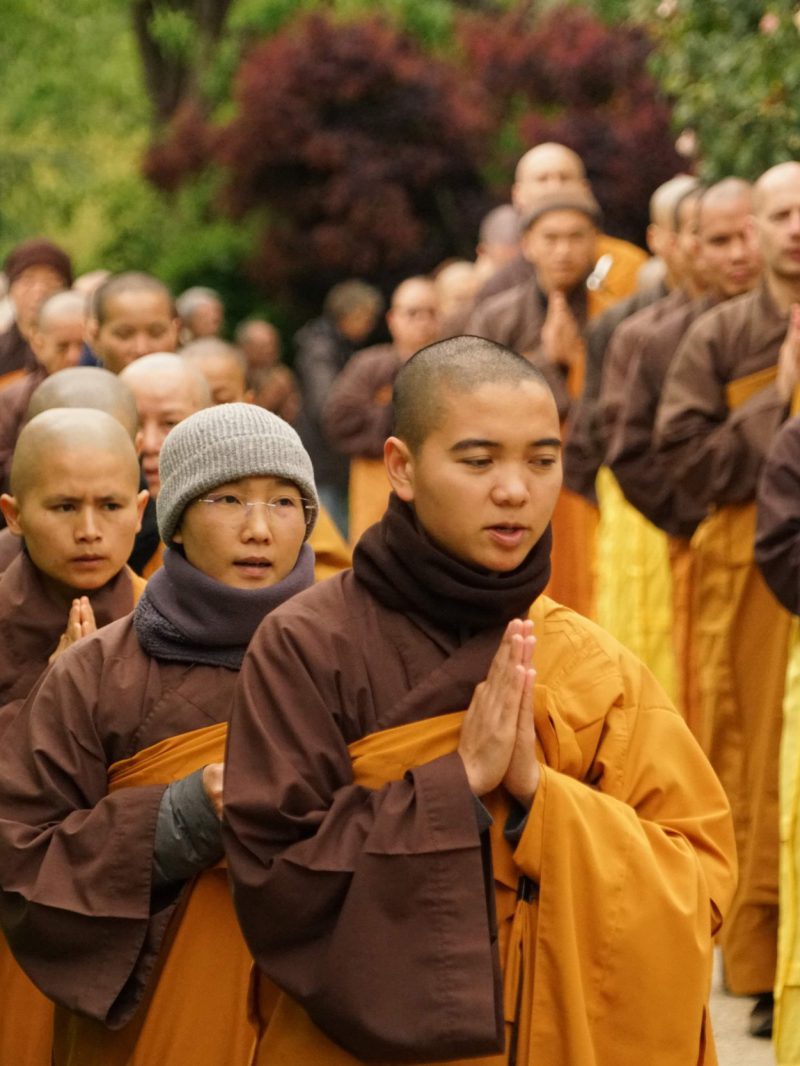 5 things I learned at a Buddhist monastery
5 things I learned at a Buddhist monastery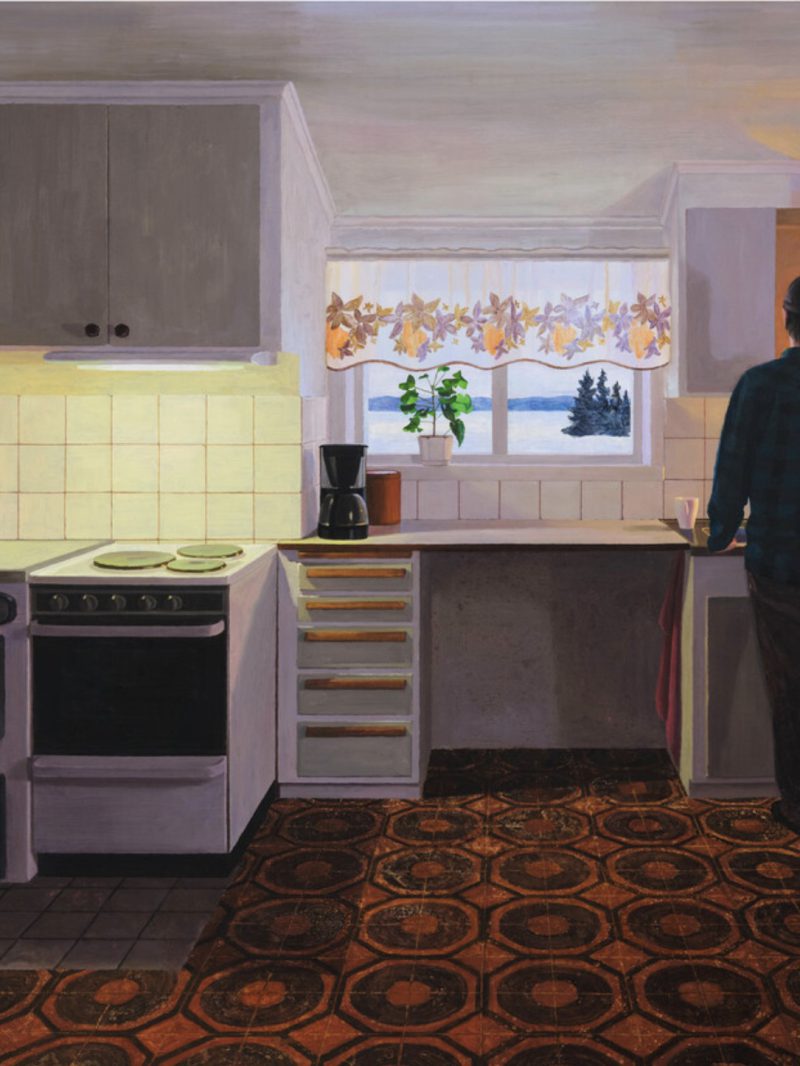 6 good things to do
6 good things to do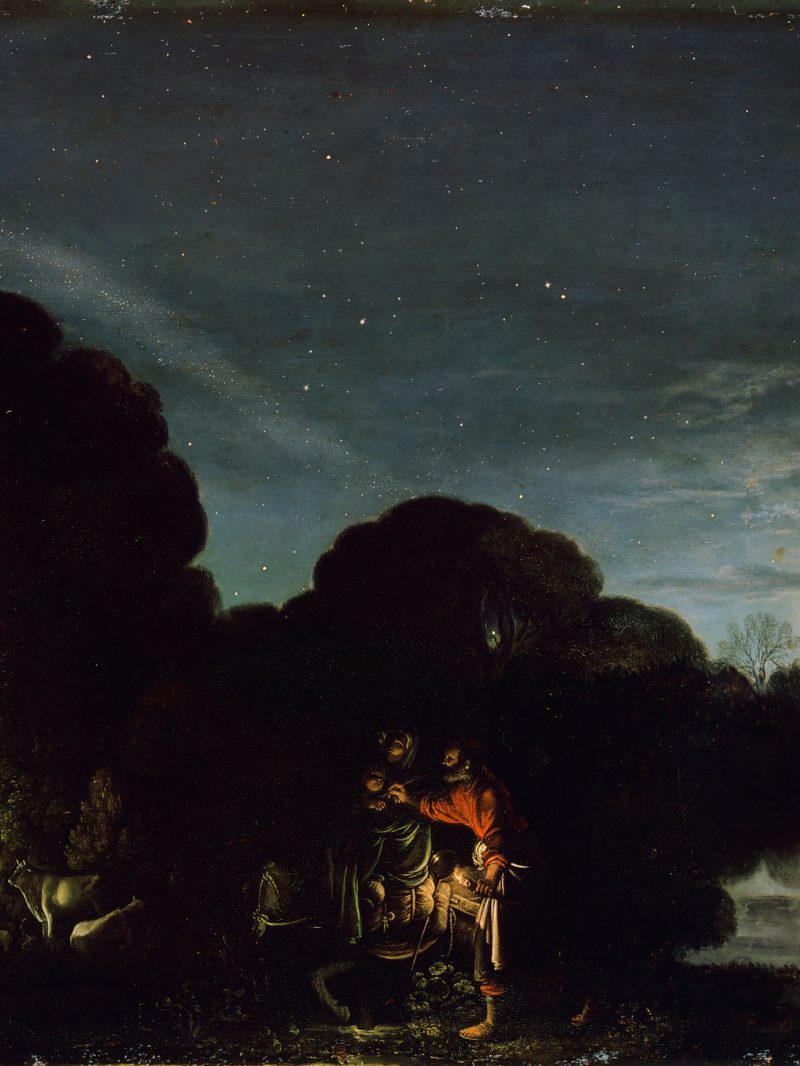 Extraordinary ordinariness: space orbits and sleeping dogs
Extraordinary ordinariness: space orbits and sleeping dogs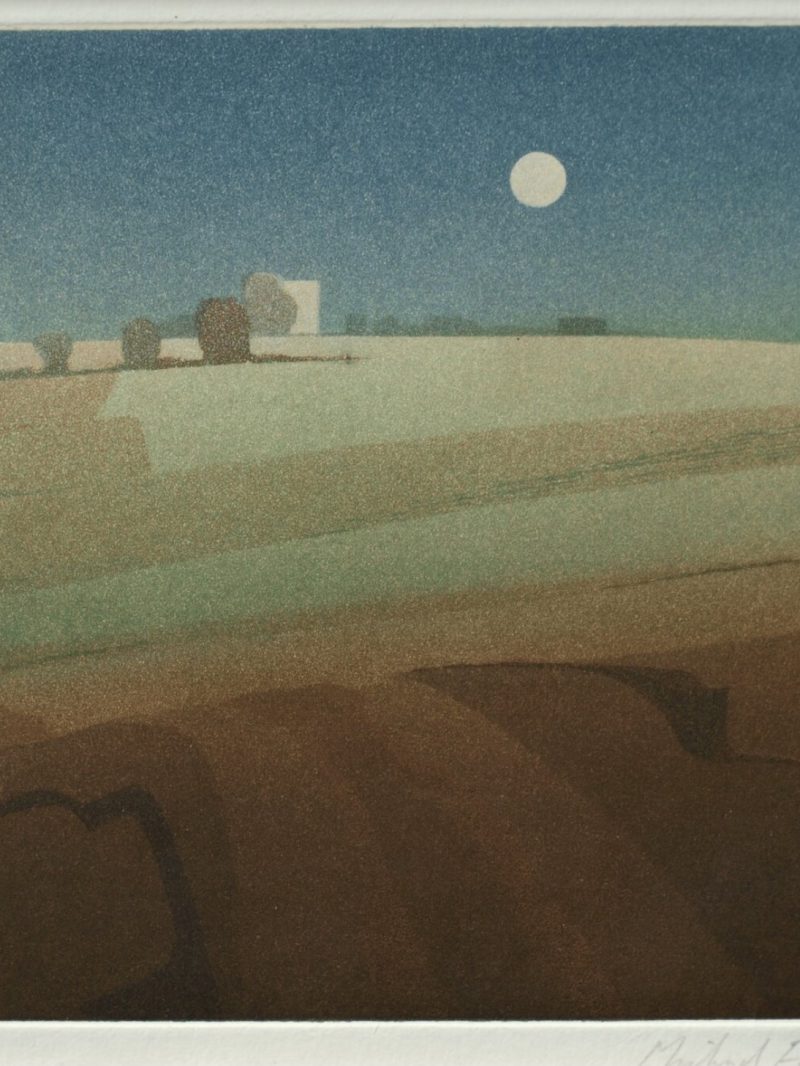 The ebb and flow of things
The ebb and flow of things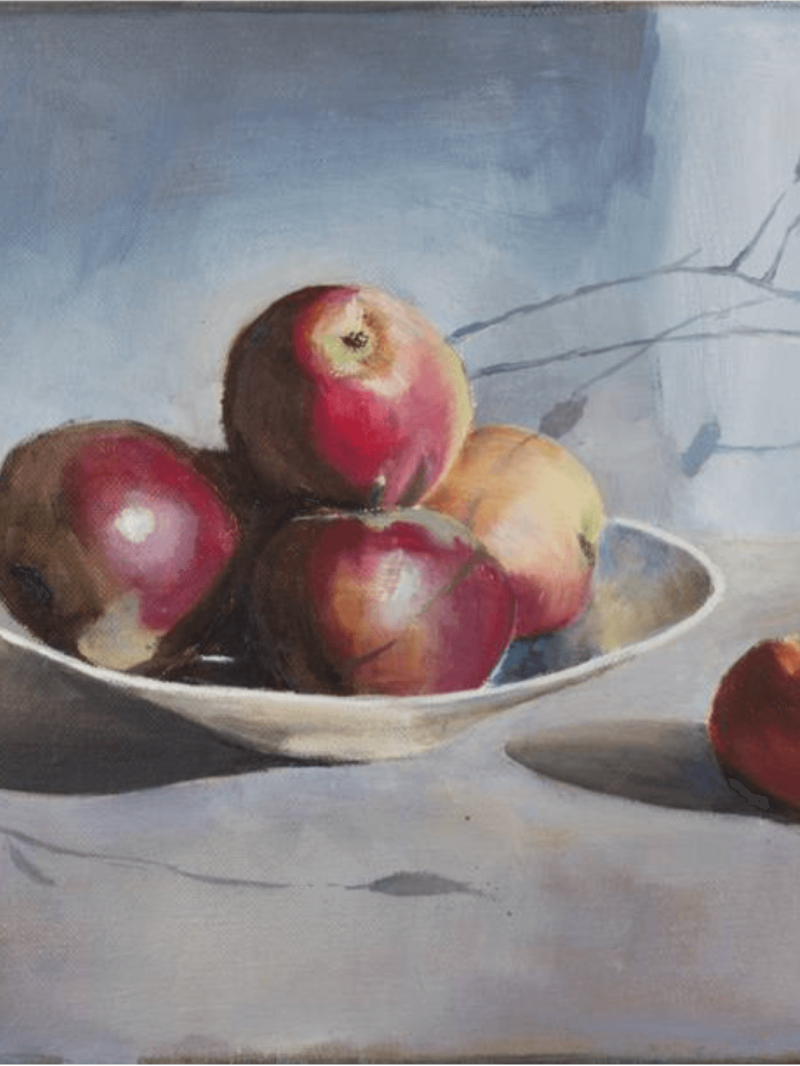 A short breath in the bardo
A short breath in the bardo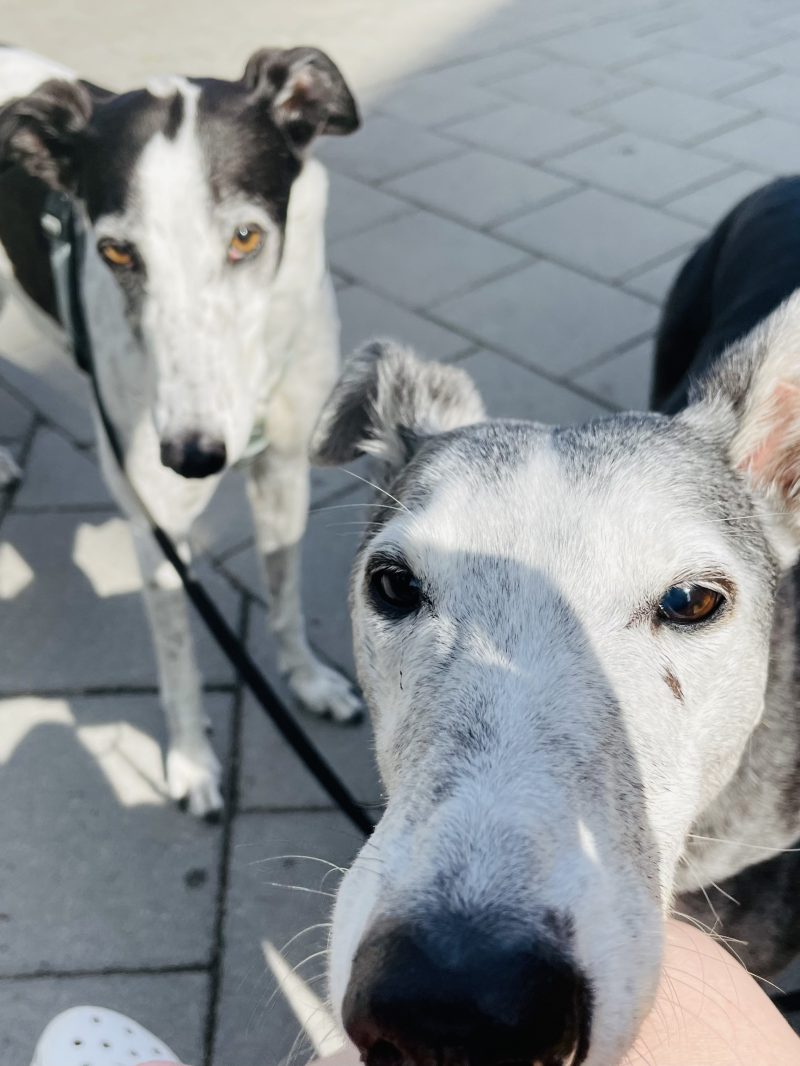 A slender cord of grace
A slender cord of grace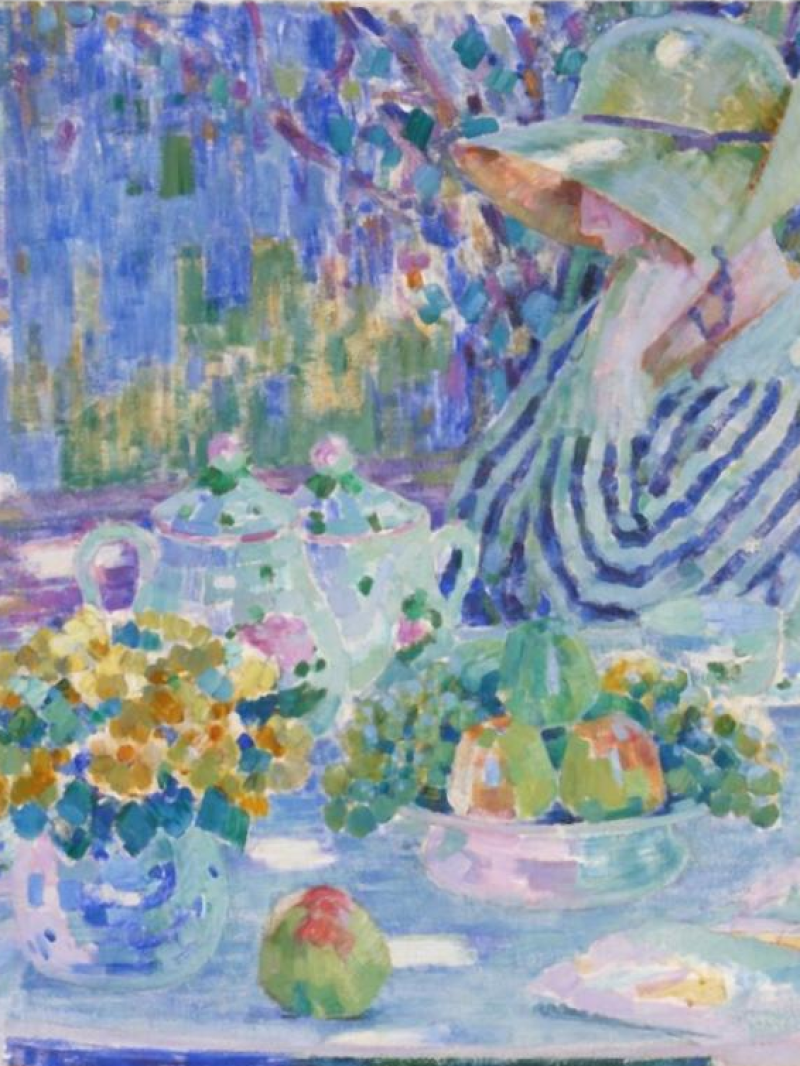 Artists reflect on water
Artists reflect on water A love letter to a loaded gun
A love letter to a loaded gun Are you for real?
Are you for real?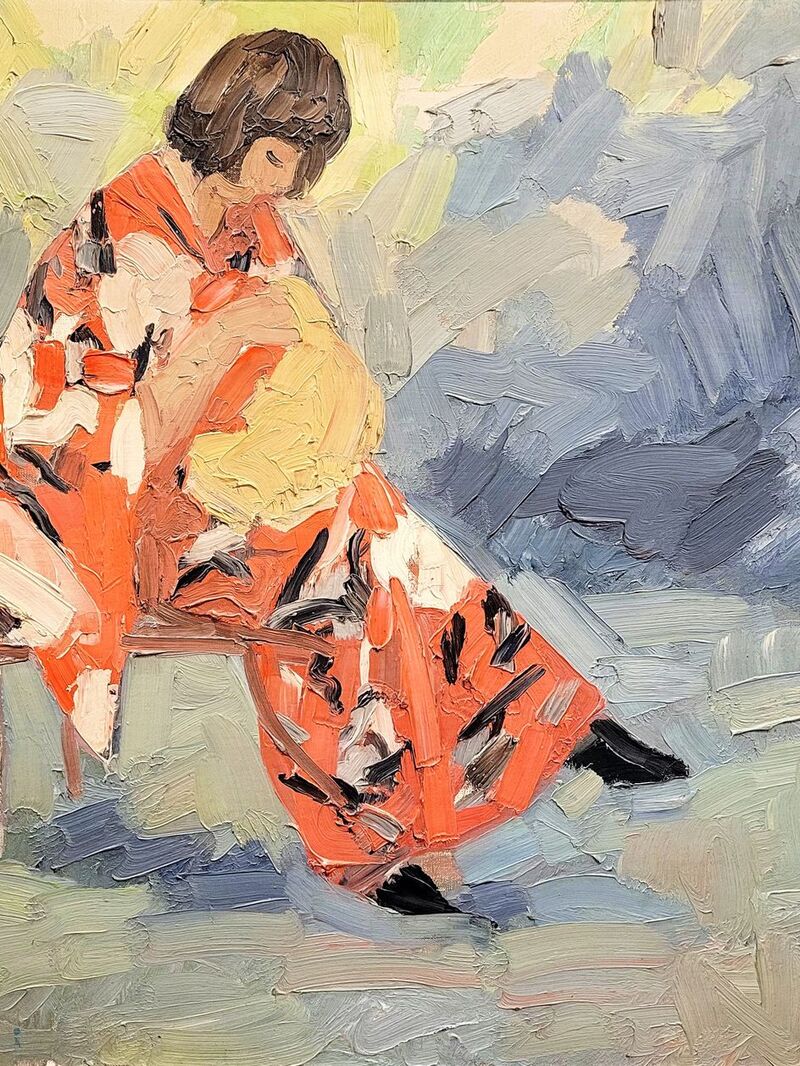 What is a good life?
What is a good life?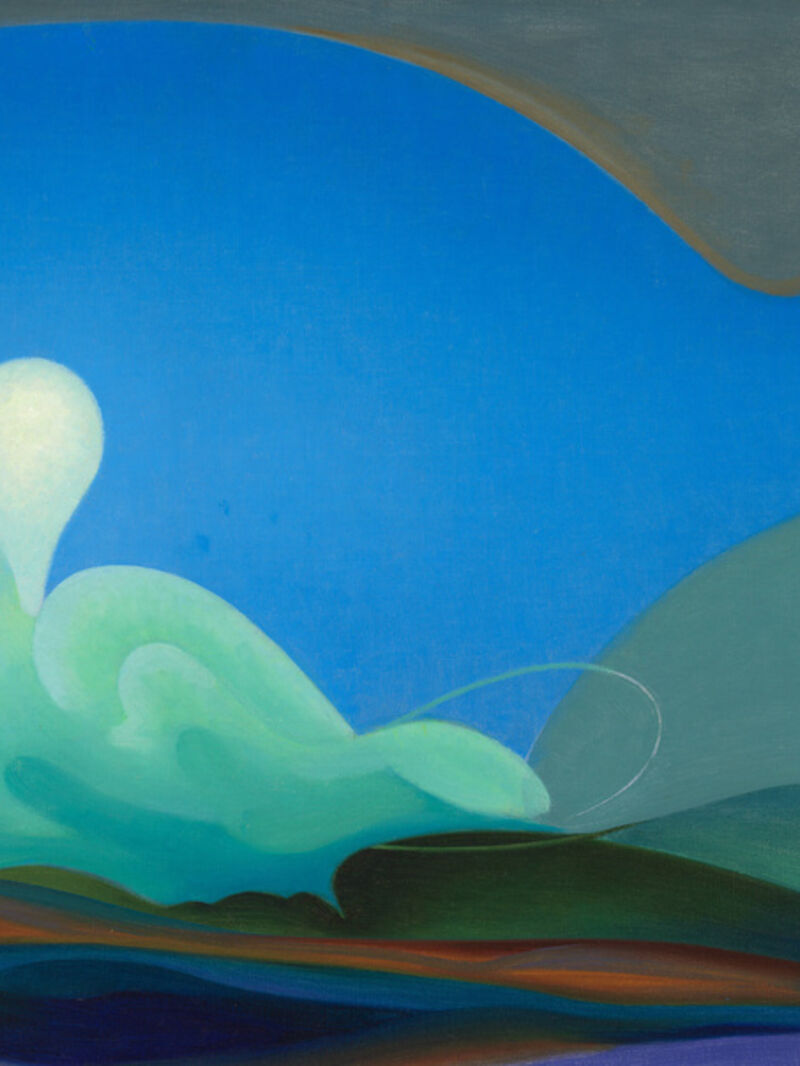 Who decides what you think?
Who decides what you think?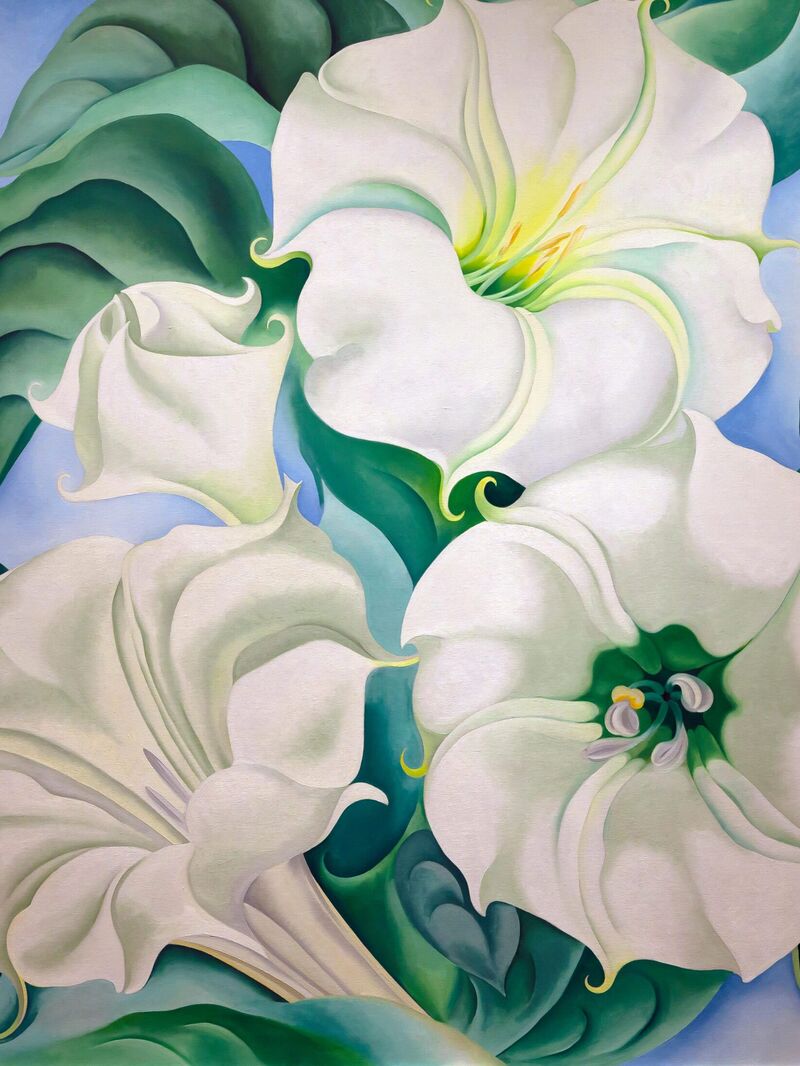 When new year should be according to history...
When new year should be according to history...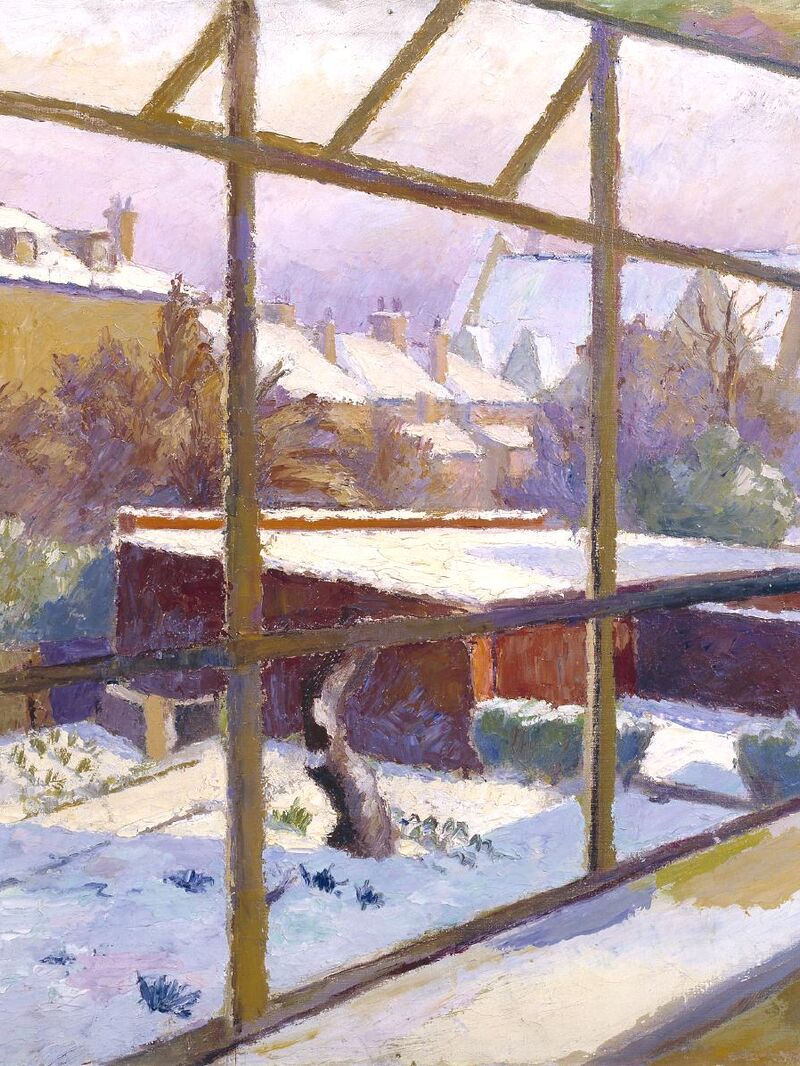 Does Mozart really make you smarter?
Does Mozart really make you smarter?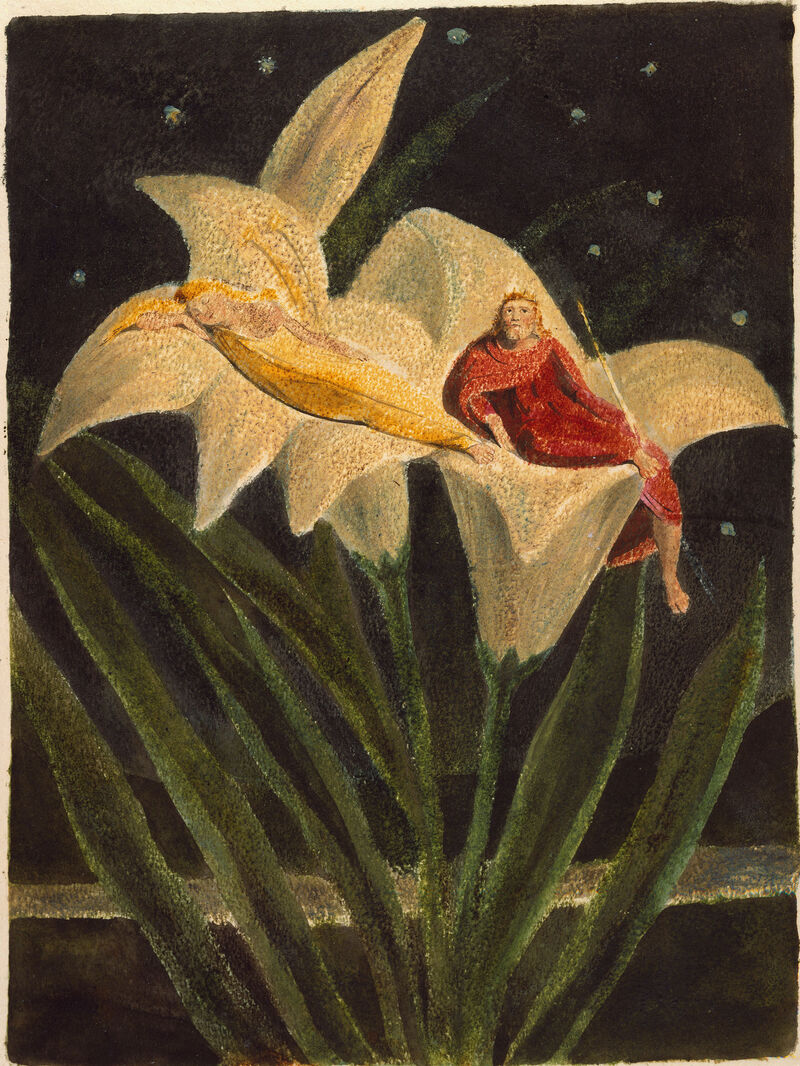 Old stories to find light in dark times
Old stories to find light in dark times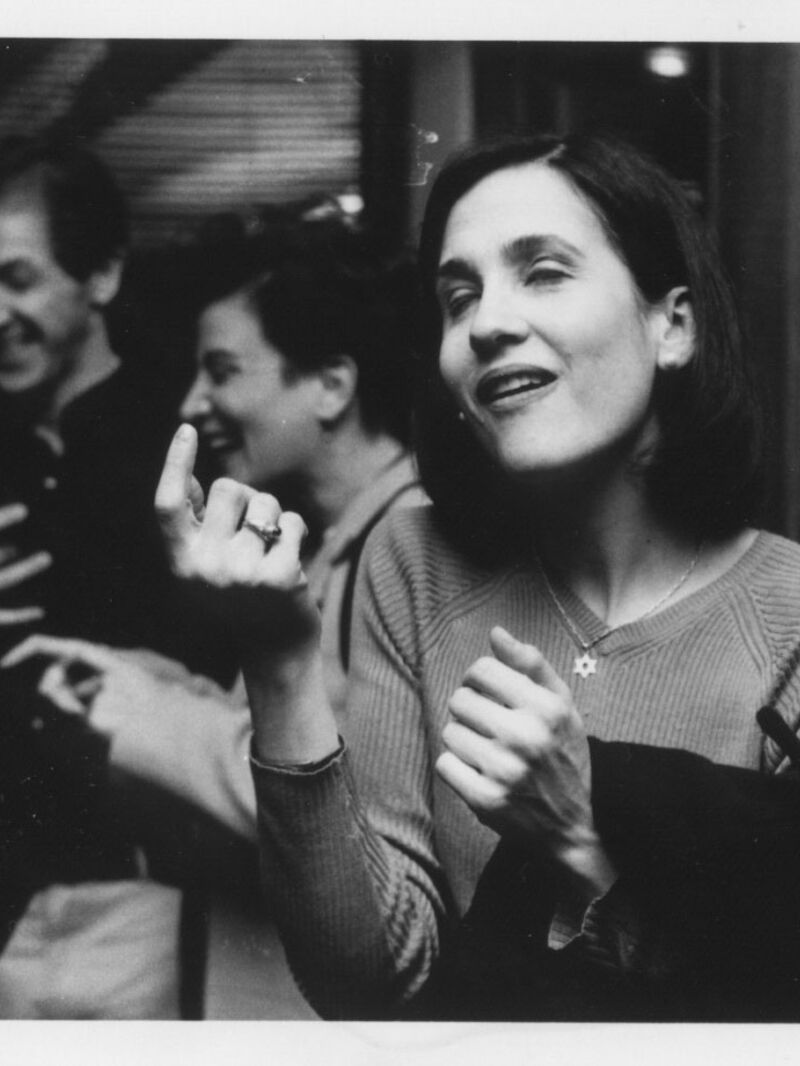 The human need to put things together
The human need to put things together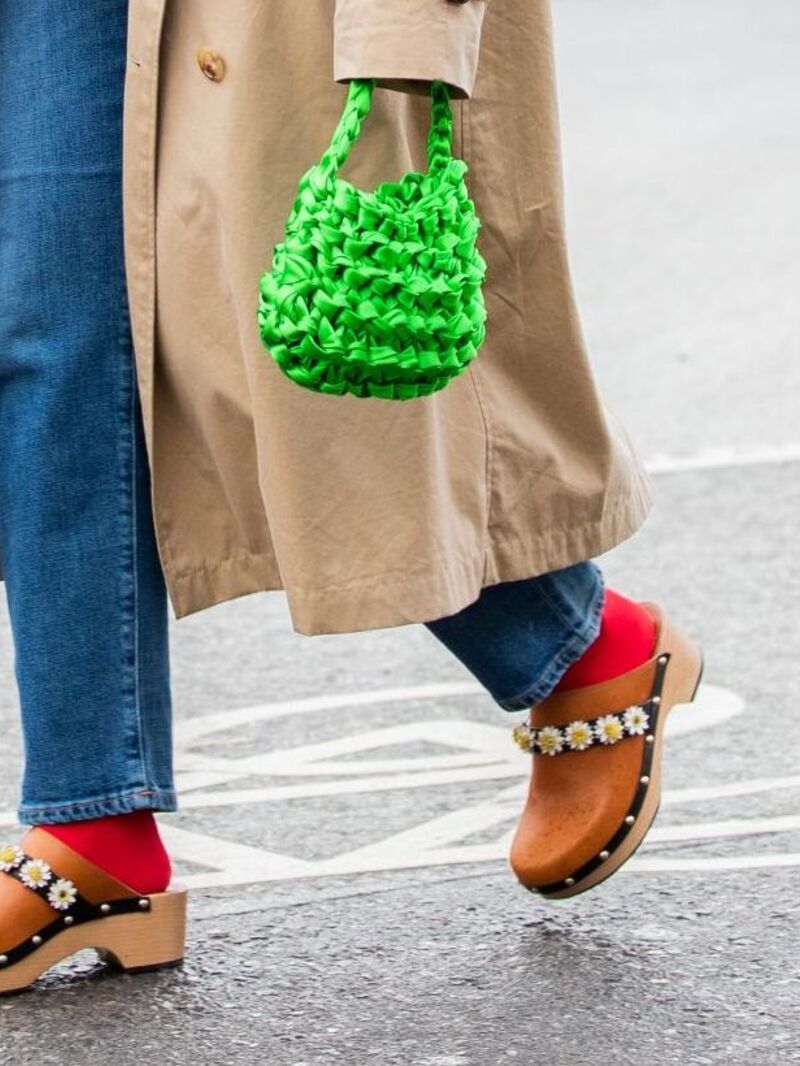 The power of trends: the good, the bad and the pumpkin-spiced.
The power of trends: the good, the bad and the pumpkin-spiced.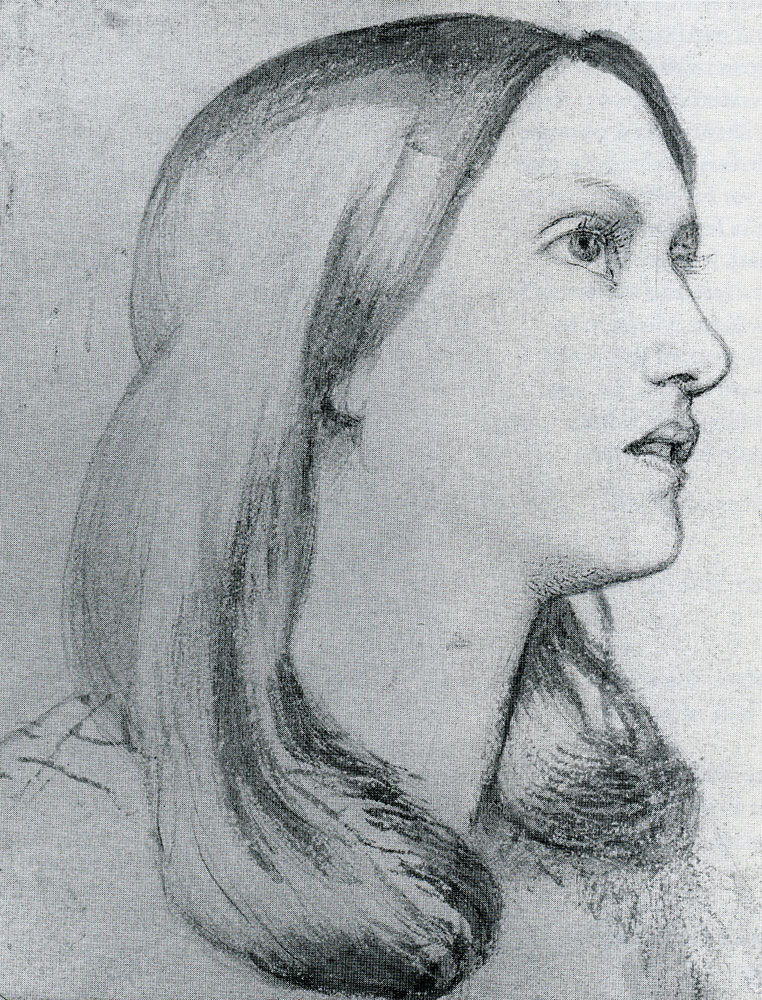 From terrestrial to celestial – where do we find inspiration?
From terrestrial to celestial – where do we find inspiration?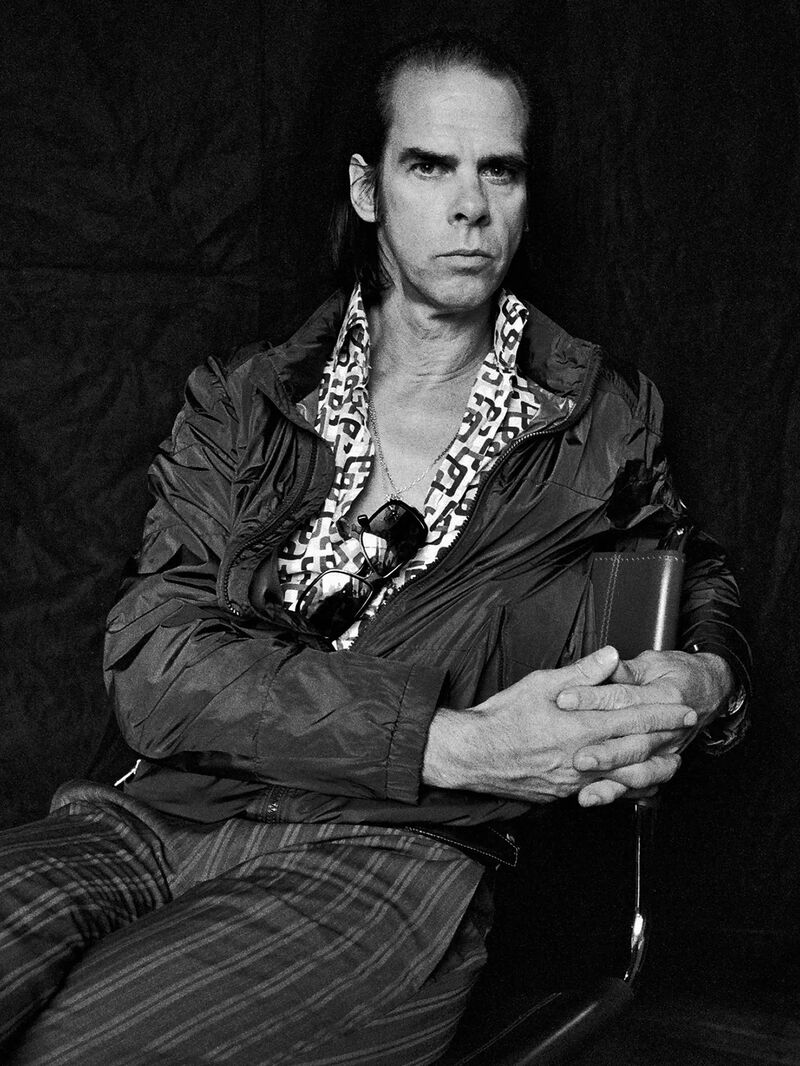 The illusion of ownership
The illusion of ownership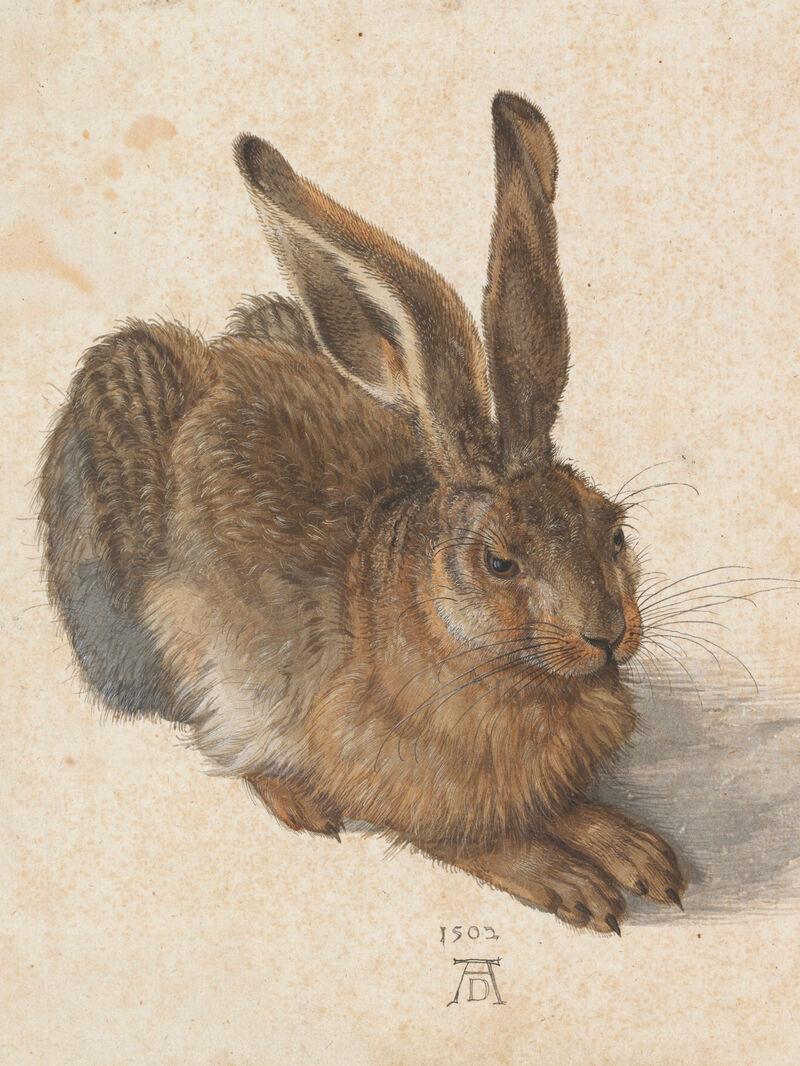 Let’s go down the rabbit hole 🐇
Let’s go down the rabbit hole 🐇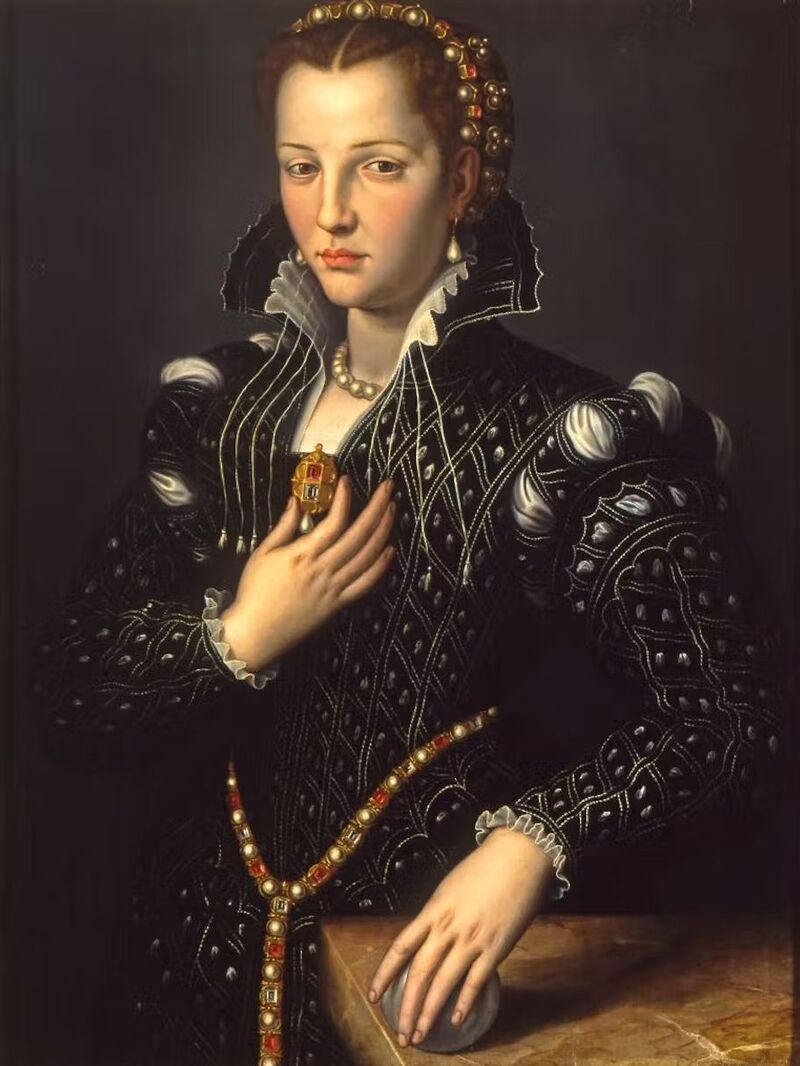 Identity, the artist, and #goblinmode
Identity, the artist, and #goblinmode Punk and her godmothers
Punk and her godmothers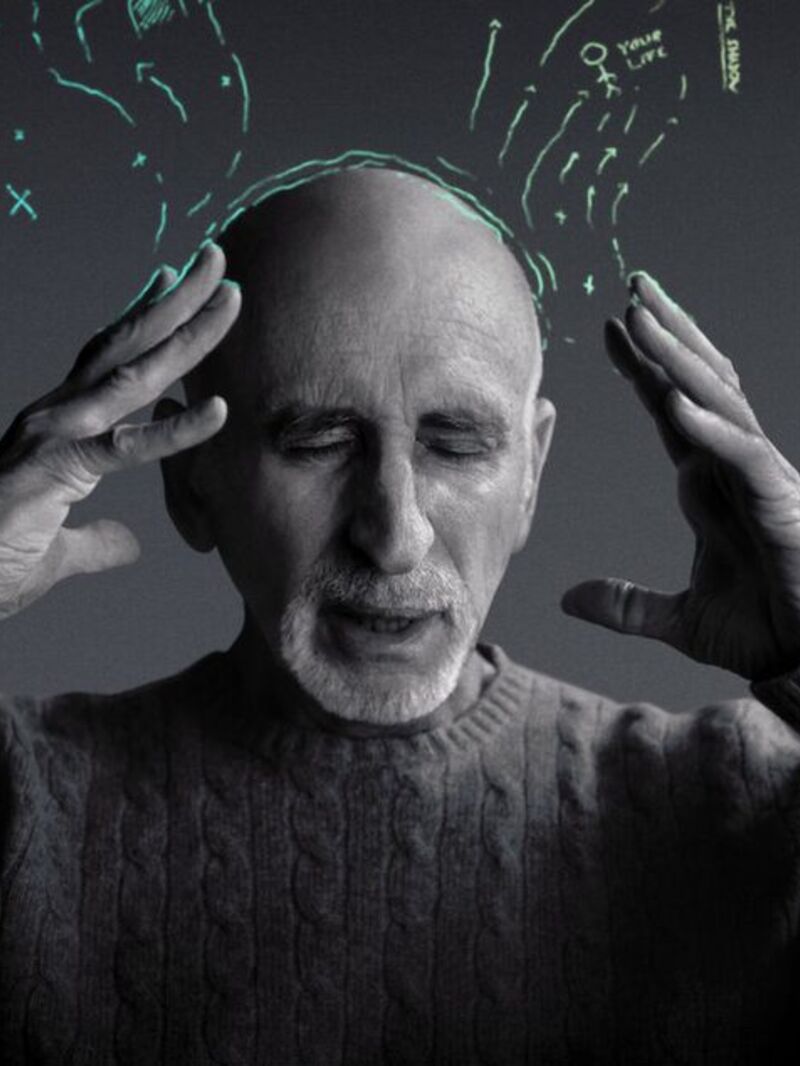 The ultimate journey – homecoming, heroes and wholeness.
The ultimate journey – homecoming, heroes and wholeness.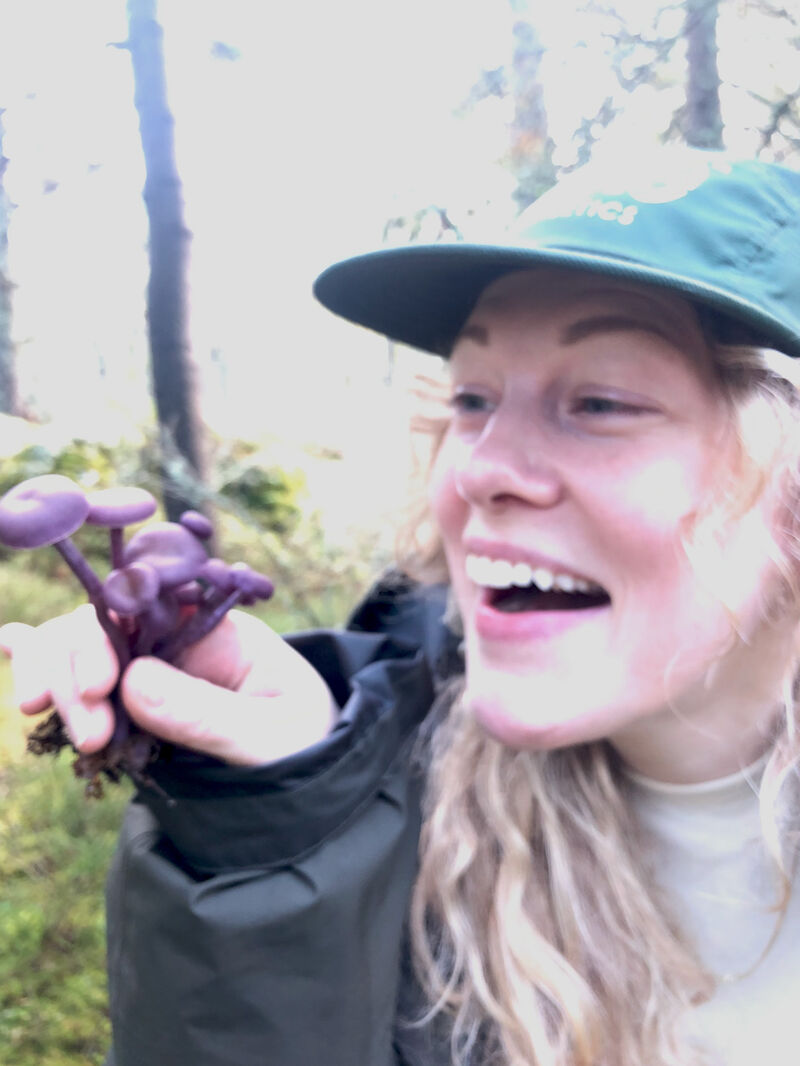 It’s mushroom month...
It’s mushroom month...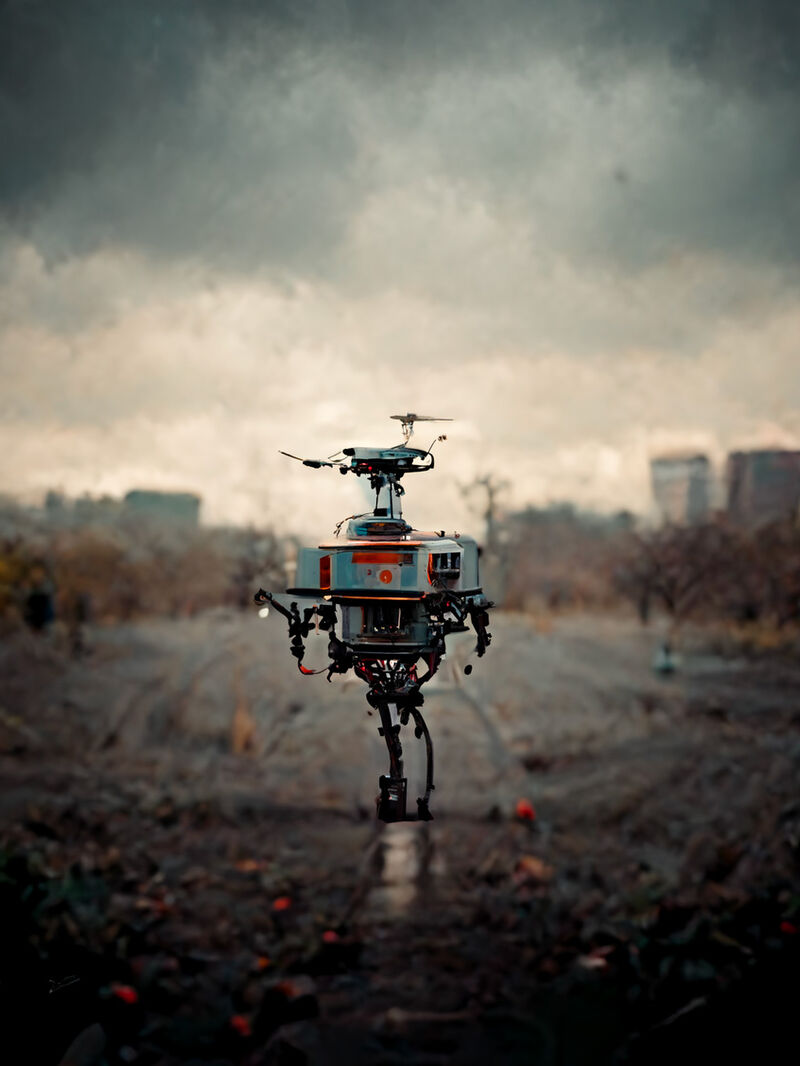 Robots, AI and artistry, oh my!
Robots, AI and artistry, oh my!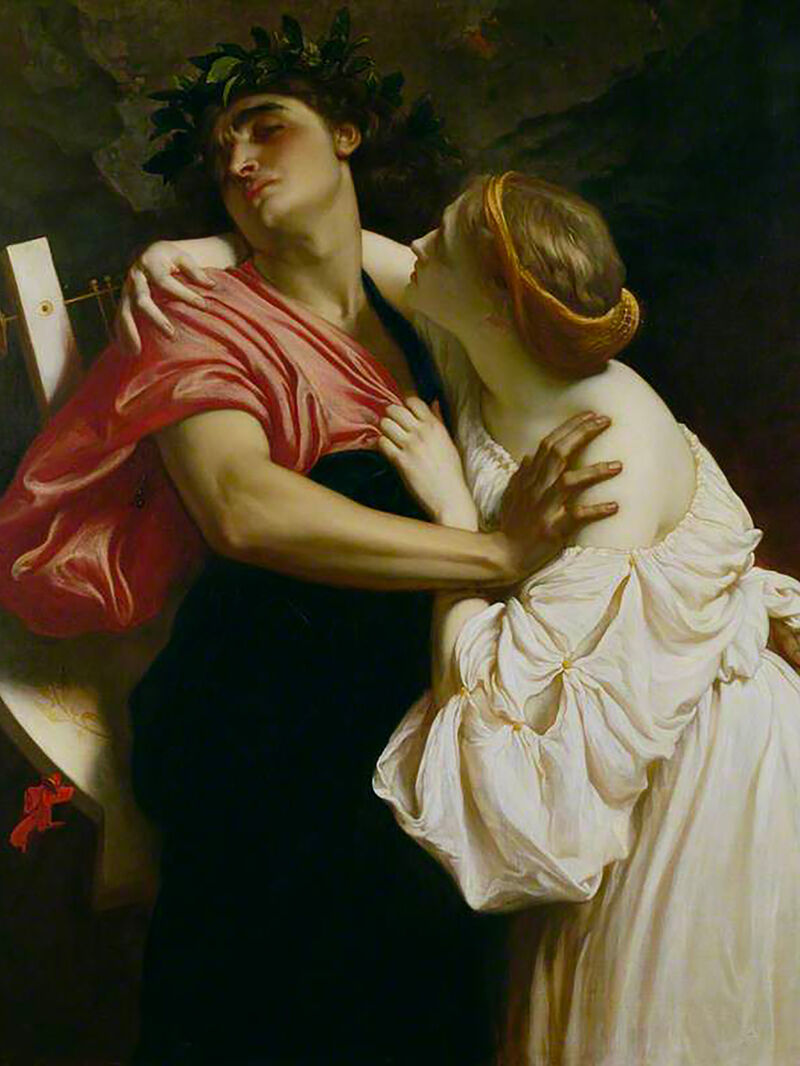 Longevity, love and memory...
Longevity, love and memory...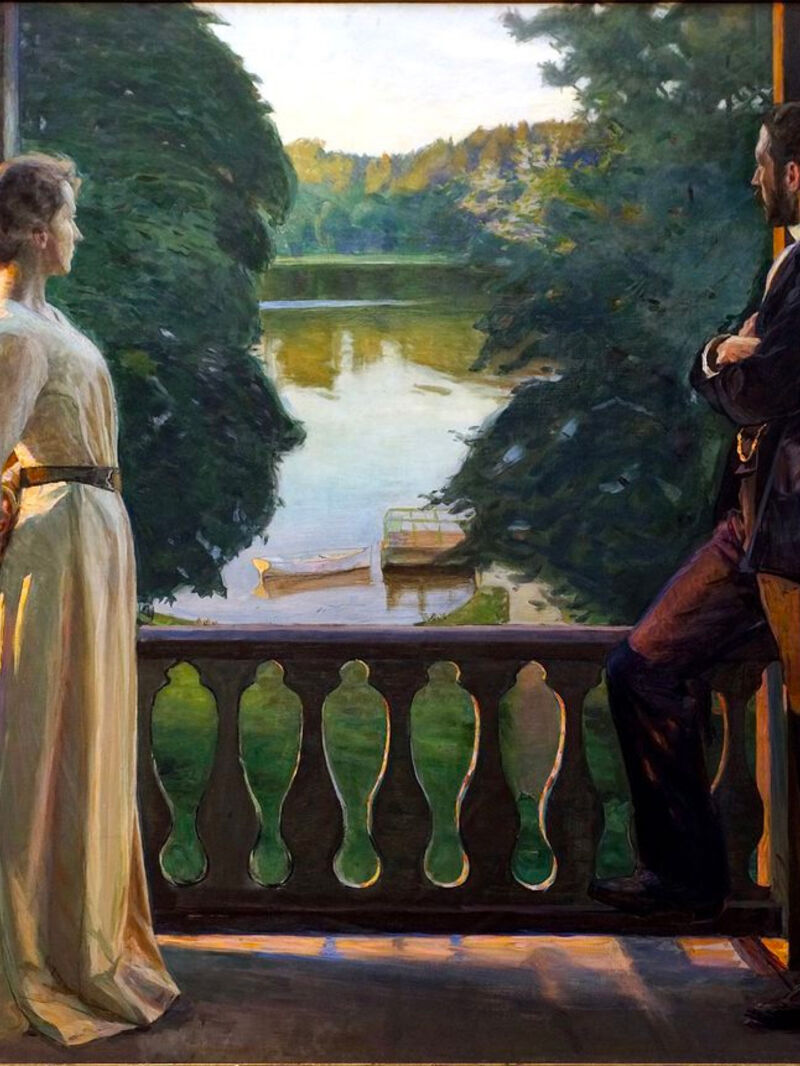 Summer, Freud and a sonnet...
Summer, Freud and a sonnet...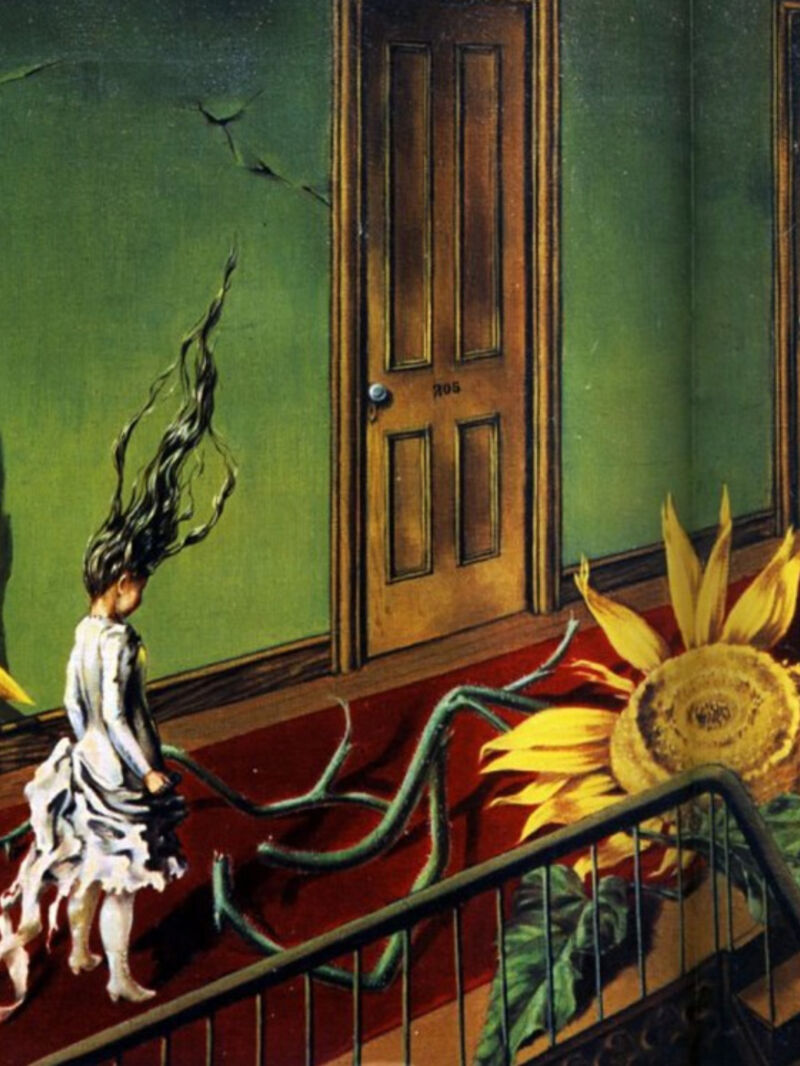 When surreal makes sense – exploring with Dorothea Tanning, Olga Tokaczuk and more...
When surreal makes sense – exploring with Dorothea Tanning, Olga Tokaczuk and more...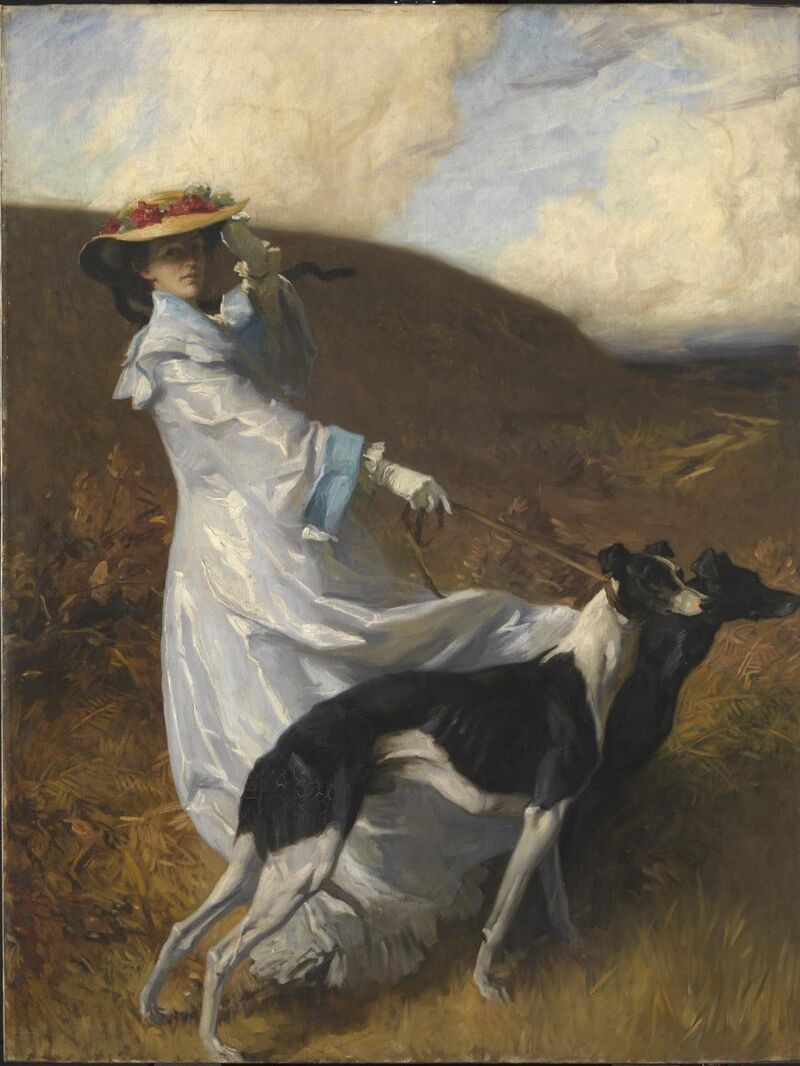 Twists and turns with Mary Oliver, Alan Watts and Astrid Lindgren...
Twists and turns with Mary Oliver, Alan Watts and Astrid Lindgren...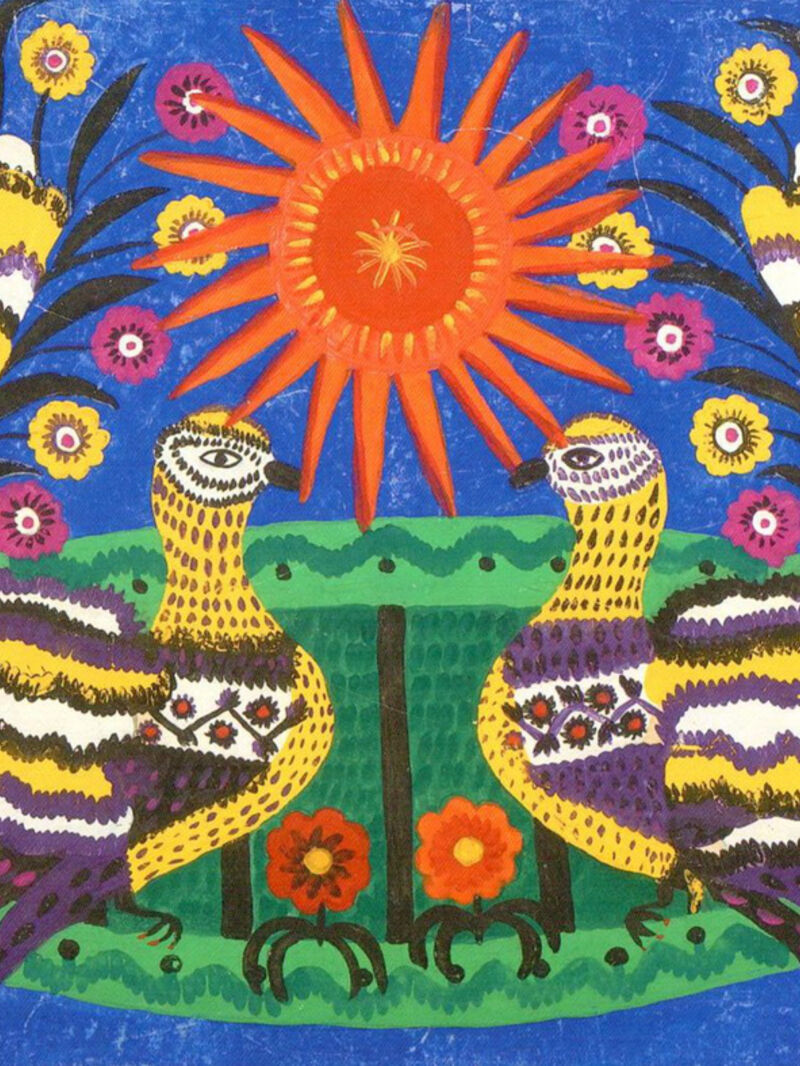 First flowers of spring: the need for beauty and hope at all times
First flowers of spring: the need for beauty and hope at all times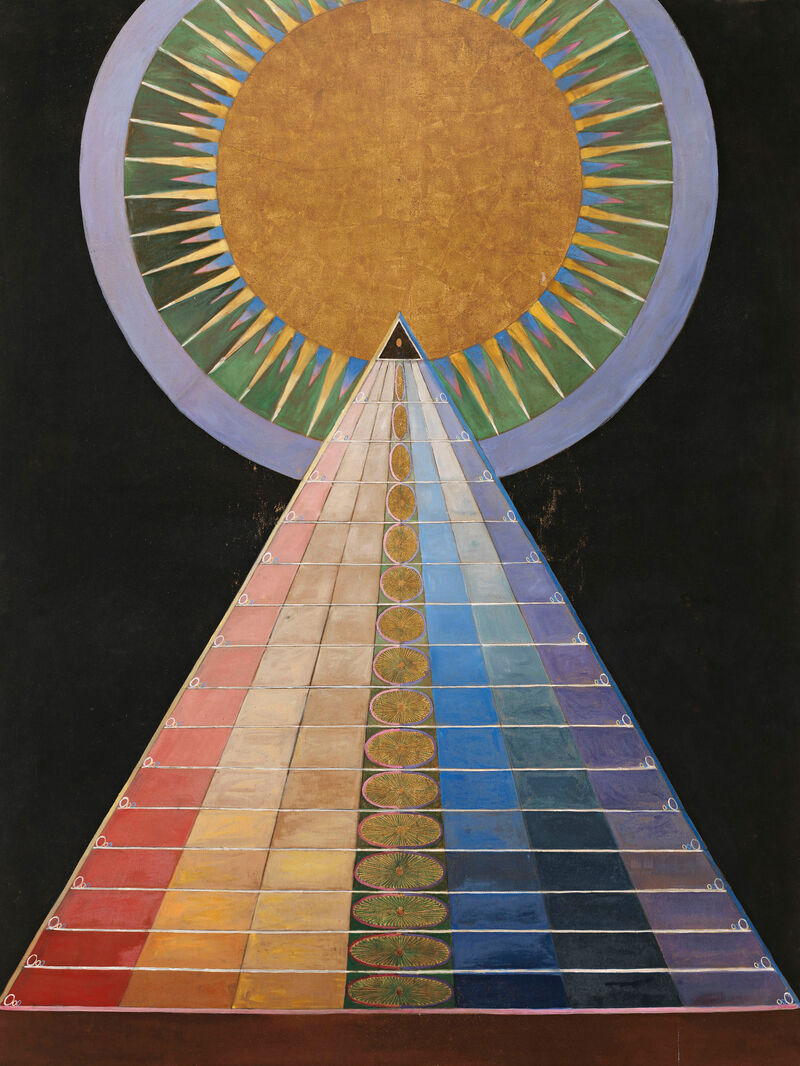 Defining reality, playing with illusion with Robert Frost, Hilma Af Kilnt and more...
Defining reality, playing with illusion with Robert Frost, Hilma Af Kilnt and more...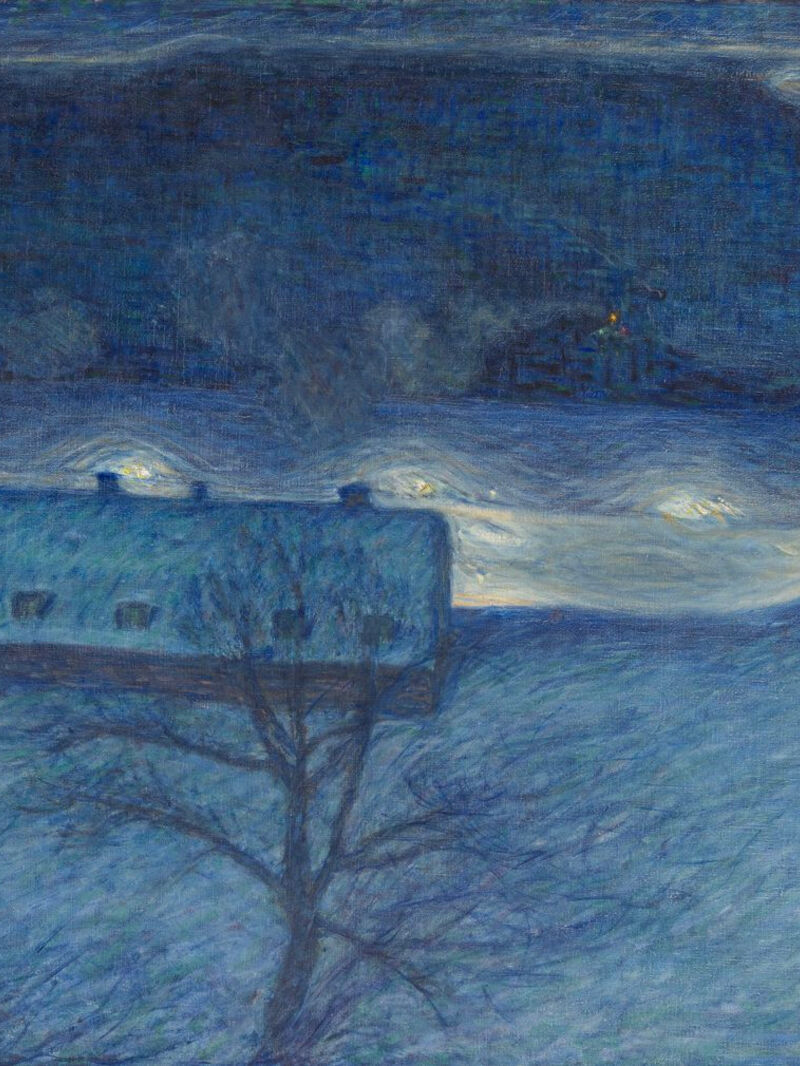 Celebrating the cycles of light and dark with Joan Didion, Danez Smith and more...
Celebrating the cycles of light and dark with Joan Didion, Danez Smith and more...